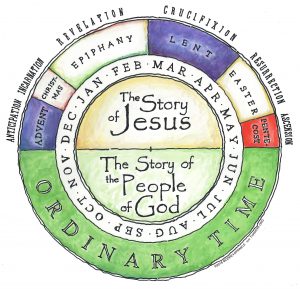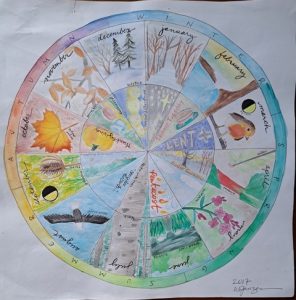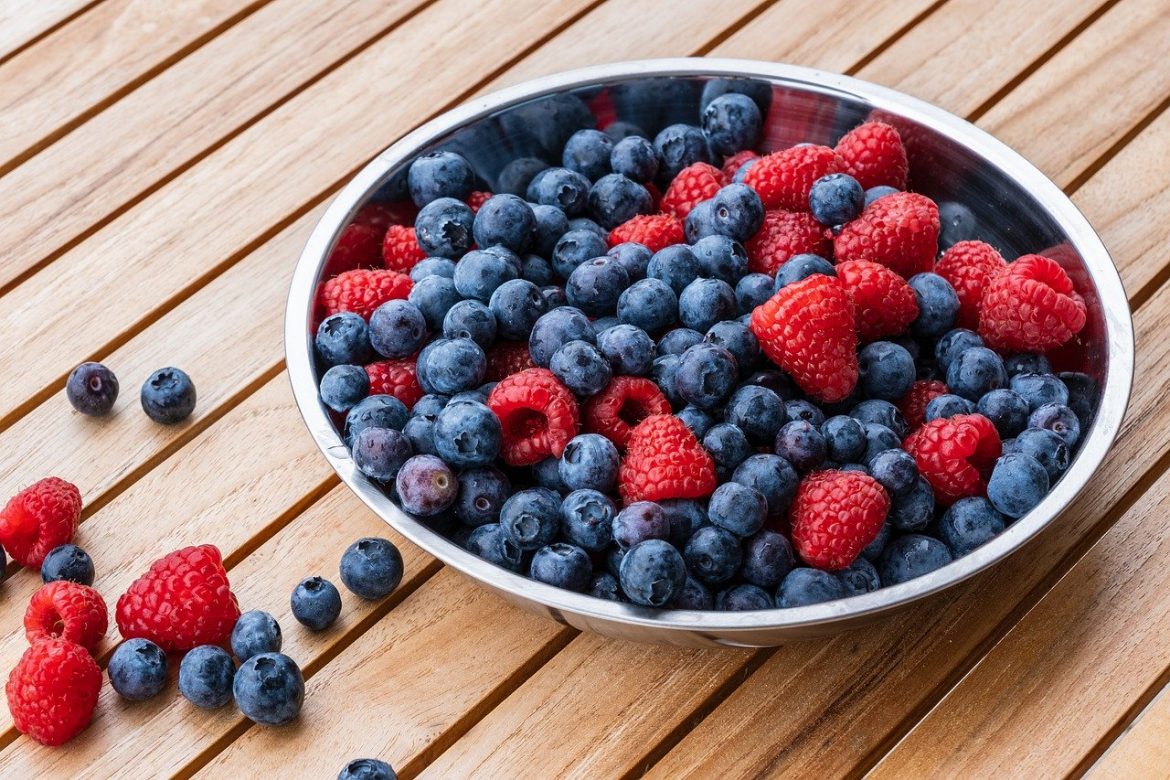by Christine Sine
Summer has arrived with a vengeance here in North America. Canada Day and Independence Day were celebrated this last week not just with BBQs, picnics at the beach and fireworks, but also with preparations for heatwaves and record temperatures. Some are preparing for the first major hurricane of the 2024 Atlantic hurricane season which swept through the Caribbean over the last few days and is now hitting Texas. The rhythms and rituals of summer are intertwined with the changing weather and its impact on our lives and not surprisingly, in the last few days, has made me think about the events that most influence the rhythms and rituals of my life.
Its was the seasonal changes of the agricultural year that led to the development of the liturgical calendar which we still use for our religious observances. Unfortunately these symbols seem to be less relevant for many today.
A couple of years ago I asked my Southern Hemisphere friends what symbols and rhythms gave meaning to the seasons of the liturgical year for them. I thoroughly enjoyed their responses which helped me reimagine the symbols and celebrations I find most meaningful as the world turns and the seasons change.
Evidently when Europeans moved to the Southern Hemisphere they took the symbols and celebrations they were familiar with along because these gave them security and connection. Winter symbols and rituals for Christmas made them feel at home when they celebrated Christmas in the middle of summer. Yet these symbols and the rituals they were encouraged to use didn’t help them connect to their new earthly home and its seasons. This disconnect meant that their faith became more and more disconnected from the world in which they lived. When I wrote about this a couple of years ago, Rodney Marsh, from Western Australia commented:
This will require local, embodied, spiritual practices and symbols to generate the celebration of Christ’s presence and the cycle of the Church year to have a local flavour which reveals Jesus’ birth, death and resurrection and the gift of the Spirit happened ‘where I live’. Jesus died and rose again to establish his Kingdom not only in Jerusalem but also among the “dark Satanic Mills … In England’s green & pleasant Land.” and in “our home … girt by sea”. I think this task will require attention to indigenous wisdom and its contact with the land, waters and sky of each place in this wide world. This spiritual task is vital and fundamental for to stop us destroying the Earth by warming the atmosphere will require not only solar farms and windmills but a change of heart and spiritual practices are the only way (I have found) to change my heart.
I may not live in the Southern Hemisphere any more but I wonder if we suffer from the same disconnect wherever we live. It’s probable that Advent wreaths originate from the custom of removing wagon wheels over the winter – hanging them on the walls and then decorating them with greenery and candles. Now I don’t know about you but I don’t remove my car wheels over the winter and much as I love poinsettias at Christmas and have no desire to let go of them, I know they don’t help me connect to the beautiful Pacific NW where I live. I must confess, as I share in my book Digging Deeper, I soon became bored with Advent wreaths too, and went looking for other symbols and practices to help connect me to where I live. Perhaps part of that boredom related to the fact that I wanted symbols that I could relate too more easily. I have done the same for Easter, and for other celebrations that are important to me. others create seasonal mandalas for the same reason.

Third Church, used with permission
My journey into seasonal contemplative gardens started with me using them to replace Advent wreaths. These gardens first held succulents, but increasing contain local plants and involve seasonal activities, like sprinkling seeds on the soil and watching it germinate and grow at Easter. They also often connect to world events like the bushfires in Australia or the wars in Ukraine and Gaza as well as to seasonal activities like beach combing in summer.
Now I wonder how I can make more of my seasonal celebrations link me to the world in which I live. One of the privileges of living in the Pacific NW is that so much of our Christmas greenery is locally grown. I love walking through a Christmas tree lot at the beginning of the season inhaling the wonderful fragrance of pine leaves One year I even got to go out to a Christmas tree farm and help cut down our own tree – a wonderful way to connect to this part of God’s good earth in which I live.
I don’t want Christmas and Easter to be my only meaningful celebrations. My current summer ritual which I talked about a couple of weeks ago – reciting a prayer to welcome God into my day and then coming for an awe and wonder walk around my garden, certainly help. In fact my awe and wonder walks help me with connect to the land at all seasons of the year. I love to wander our neighbourhood drinking in the beauty of the gardens around me. I notice what has been planted, what is flowering, and in the autumn, which leaves are changing colour. Unfortunately, most gardens contain little local flora apart from pine trees, so I need the occasional good walk in one of our local forests to really appreciate the seasonal beauty of this part of the world.
Looking for sights and sounds and objects that connect me to the four seasons of the year is now one of my favourite pastimes and my list of possible ways to link my spiritual practices more firmly to God’s good earth grows all the time.
Welcoming the day with a short prayer at sunrise and saying goodnight with another as I go to bed is one way, as I shared last week. Collecting pine cones and leaves that fall from the deciduous trees and then decorating them to place around the house in the autumn is another . Some of my friends are foragers – searching for mushrooms or picking local fruit like huckleberries provide wonderful seasonal forays into the natural landscape that help to make us feel at home in the land in which we live. Or like me you might enjoy beach combing in the summer. Listening to the waves and enjoying an oceanside stroll is a wonderful summer ritual. I am also currently investigating how I can introduce more local plants into my own garden as I think this is an important way to anchor ourselves in the place in which we live and its seasonal changes.
We are designed to be linked with the earth, to nurture and steward it and there is no better way to do that than by connecting our celebrations to rituals and rhythms in our natural neighbourhood. This doesn’t mean that we throw out all our established seasonal traditions, but it does mean we should intentionally think about other symbols and rhythms that could connect us to God’s good earth and the seasonal changes in the place where we live.

Wendy Janzen, paster of Burning Bush Forest Church in Eastern Canada, developed an eco-spirituality practice that I also find helpful in this exploration – a Phrenology wheel, which she shared with us on Godspacelight a couple. of years ago. I highly recommend reading about this and applying it to your own life.
This kind of exploration and creative experimentation provides an exciting journey of discovery and I hope you will join me on it.
What are habits and rhythms that help you connect your faith to the place in which you live and to the seasons in which you find yourself?
What could you do to strengthen these habits or create new ones?
Who could help you on your journey?
You might like to listen to the YouTube video session I recorded a couple of years ago on rhythms and rituals and spend some time considering your own rhythms and rituals. I would love to hear the new rhythms or rituals you consider.

